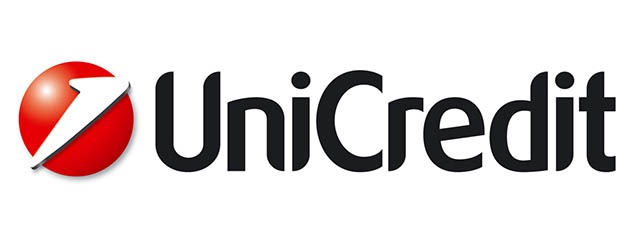The challenge of payment innovation is no longer developing the technology - it's keeping up with, utilising and properly securing it. Cédric Derras, Global Head of Cash Management at UniCredit, looks at how instant payments and SWIFT gpi accelerate cash, how open banking is creating unprecedented industry opportunity, and how security must be prioritised throughout.

Instant payments are now live all over the world – meaning the migration to real-time banking is well underway. Uptake has been substantial – surprisingly so in the case of Europe’s SEPA Instant Credit Transfer (SCT Inst) payment scheme, which went live in November 2017 and of which SMEs were notably keen early adopters, with C2B adoption, in particular, higher than anticipated – reaching 16% of the outgoing C2C transaction volume and 33% of incoming.
In the case of large corporates, an accelerated cash conversion cycle should be sufficient reason to embrace real-time technology. Buyers and suppliers can both pay later and collect earlier, boosting days sales outstanding (DSO) and days payables outstanding (DPO). Corporates in the B2C space also benefit from being able to make payments with the speed now expected by customers.

Although the EUR 15,000 limit on SCT Inst’s instant payments curbs usage for large corporations and most schemes remain restricted to domestic transactions, rapidly evolving technology means that such barriers are likely to be temporary. In the meantime, the UK has raised the upper limit for its equivalent Faster Payment Scheme to GBP 250,000 (set to rise again to GBP 1mn), and SWIFT gpi is able to transact funds cross- border in under 30 minutes: ample functionality for now.
Elsewhere, SWIFT has combined its efforts with a number of banks and corporates – UniCredit among them – to develop a function that can stop a payment instantly, irrespective of where it is in the payment chain. This suggests that the groundwork for future innovation may well be laid by converging SWIFT gpi with developing banking technology.
Open banking and an alternative to ERPs
Digitalisation is at the core of payments innovation. Paper- based processing is becoming unviable, so it is no longer a question of if, but how. The debate is about the most efficient way to digitalise and ensure connectivity with the right parties and systems. Regulations such as PSD2 and open APIs are directing payment technology, empowering the development of a global treasury dashboard that gives a clear view of aggregated liquidity positions across numerous banks and geographies. It is not only compliance driving these projects, but a desire to proactively adapt strategies and business models towards new areas of growth.
This is part of the wider phenomenon of open banking. In compliance with PSD2, banks are opening up their payments data to licensed third parties – creating scope for a range of new innovative client services. SMEs and mid-caps will be among the most notable beneficiaries of this development. Hitherto left out of the extensive club of large and multi-national corporates able to invest in enterprise resource planning (ERP), smaller corporates will soon be able to access a real- time treasury dashboard that offers advice based on data aggregated by third-party account information service providers (AISPs). This means that, in theory, smaller corporates could access the functions of an ERP through third-party providers and the tech solutions of their fronting bank.
Prioritising security
While emerging technology promises an exciting future for transaction banking, it is important to remember that banks must ensure payments are secure and compliant – with new solutions firmly rooted in secure and resilient technology. UniCredit, for example, has entire divisions focused on security and fraud protection, which use a combination of proprietary and third-party technology. Banks are in the process of using sophisticated artificial intelligence (AI) applications to identify and highlight suspicious behaviour. However, AI cannot stamp out fraudulent behaviour alone. Advanced technology must be combined with conscientious, well-trained staff.
Keeping pace with the snowballing improvement of – and demand for – payment technology has been no small feat, yet excitement for this innovation continues to drive the industry towards an efficient, secure and digital future. At UniCredit, we strive to be trailblazers, and to support a collaborative ecosystem that improves banking for our clients and the wider industry.
Sponsored by:
